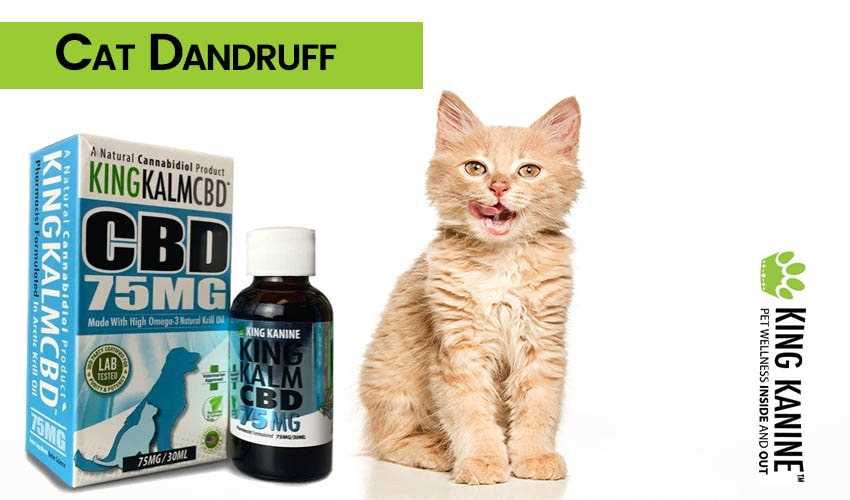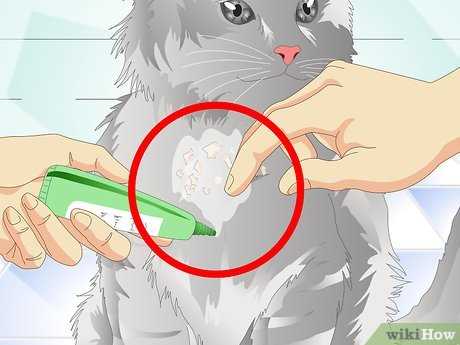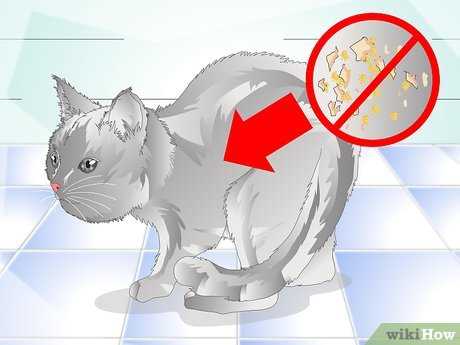Switching to a high-quality, grain-free diet has made a noticeable difference in my skin health. A balanced intake of omega-3 and omega-6 fatty acids promotes hydration and reduces flaking. Adding fish oil or flaxseed oil to meals can be beneficial as well.
Regular grooming is key. Brushing helps to remove dead skin cells and distribute natural oils throughout the fur. A slicker brush or grooming mitt can do wonders in maintaining a healthy coat and minimizing visible flakes.
Bathing with a gentle, hypoallergenic shampoo formulated for furry companions has proven advantageous. It’s crucial to avoid harsh chemicals that can irritate sensitive skin. Following up with a soothing conditioner can enhance moisture retention.
Environmental factors play a significant role too. Maintaining a stable humidity level in the home prevents excessive dryness. Using a humidifier during colder months can provide relief and contribute to healthier skin.
If persistent flakes continue, a visit to the veterinarian might be necessary. They can identify any underlying health issues or recommend medicated shampoos tailored for specific conditions.
Identifying the Causes of Cat Dandruff

If there’s flaking happening, it’s crucial to figure out what’s causing it. Common triggers include dry skin due to low humidity or excessive bathing. Allergies to food or environmental elements, like dust or pollen, can also lead to skin issues. Fleas or other parasites may irritate the skin, resulting in flakes.
Dietary Influences

Health Conditions
Choosing the Right Shampoo for Your Cat
Opt for a gentle, hypoallergenic formula specifically crafted for felines. Look for ingredients like oatmeal or aloe vera, which soothe the skin and help with moisture retention.
Consider the following factors:
- Skin Sensitivity: If there’s any irritation, select a shampoo designed for sensitive skin.
- Medicated Options: For severe issues, medicated shampoos can address underlying conditions. Consult a vet for recommendations.
- Natural Ingredients: Products with natural components are less likely to cause adverse reactions.
- pH Balance: Ensure the shampoo maintains the natural pH balance of a feline’s skin.
Avoid human shampoos, as they can disrupt the delicate balance of a kitty’s skin. Always perform a patch test before full application to check for any allergic reactions.
Regular grooming helps minimize flakes, but for those particularly stubborn spots, a quality shampoo can make a world of difference. After a bath, consider securing spaces with a pet gate for cats to prevent any sudden escapes while drying off!
Implementing a Regular Grooming Routine
Establish a consistent grooming schedule to significantly reduce flakes and maintain a healthy coat. Aim for sessions at least twice a week. Utilize a high-quality brush suitable for my fur type to remove loose hair and dead skin effectively.
During each session, pay attention to my skin condition. Look for signs of irritation or redness, and ensure to brush gently, avoiding any discomfort. Incorporate a gentle massaging technique while brushing; this stimulates blood flow and promotes natural oil distribution, enhancing coat health.
Consider using a grooming wipe or spray designed for skin care as an additional step. These products can help moisturize the skin and alleviate dryness. Always choose items free from harsh chemicals to avoid further irritation.
After grooming, reward me with treats or extra playtime. This positive reinforcement makes the experience enjoyable, encouraging me to look forward to future sessions. Regular grooming not only helps manage skin issues but also strengthens our bond.
Adjusting Your Diet for Skin Health

Incorporating omega-3 and omega-6 fatty acids into daily meals can significantly enhance skin condition. Salmon oil or fish-based kibble are excellent sources. These nutrients help reduce inflammation and promote a healthy coat.
Additionally, ensuring a balanced diet rich in vitamins, especially vitamin E, supports overall skin vitality. Look for foods that contain natural ingredients, as they often provide better nutrition than processed options.
Hydration is key; always have fresh water available. Dehydration can lead to dryness and flakiness. Wet food can also contribute to moisture intake, so consider mixing dry kibble with canned varieties.
Introducing probiotics can aid digestion and support skin health. Look for supplements or food formulated with beneficial bacteria, which can improve nutrient absorption.
Monitor the effects of dietary changes. If skin issues persist, consult with a vet to ensure there are no underlying health concerns. Tailoring nutrition to individual needs can lead to noticeable improvements in skin quality and overall well-being.
When to Consult a Veterinarian for Dandruff
If persistent flakes are present despite home care efforts, a visit to the vet is necessary. Symptoms such as excessive itching, redness, or inflammation signal underlying issues that require professional attention.
Signs of Underlying Health Issues

Weight loss, changes in appetite, or lethargy may indicate more serious conditions. Skin infections, parasites, or allergies can manifest alongside visible skin issues, necessitating a thorough examination.
Response to Treatment
If there’s no improvement after implementing a grooming routine or dietary changes within a few weeks, seeking veterinary advice is wise. An expert can provide tailored recommendations or diagnostic tests to identify root causes.
FAQ:
What causes dandruff in cats?
Dandruff in cats can be caused by a variety of factors. One common reason is dry skin, which may be due to low humidity or inadequate grooming. Allergies to food, fleas, or environmental factors can also trigger skin issues, leading to dandruff. Additionally, underlying health problems such as hormonal imbalances or skin infections might contribute to this condition. It’s important to observe your cat’s overall health and consult a veterinarian if you notice persistent dandruff.
How can I tell if my cat has dandruff or just dry skin?
To distinguish between dandruff and dry skin, observe the appearance and location of the flakes. Dandruff typically consists of small, white flakes that may be visible on your cat’s fur or skin, often found near the back and tail area. Dry skin, on the other hand, may appear more flaky and rough, and can sometimes be accompanied by redness or irritation. If you’re unsure, it’s best to consult a veterinarian who can examine your cat and provide an accurate diagnosis.
What are some home remedies to treat cat dandruff?
There are several home remedies you can try to help manage your cat’s dandruff. Regular brushing can help distribute natural oils and reduce flakes. Adding a small amount of omega-3 fatty acids to your cat’s diet, either through fish oil or specially formulated cat foods, may improve skin health. Additionally, ensuring your home has adequate humidity can prevent dry skin. However, if dandruff persists, a visit to the veterinarian is recommended for further evaluation and treatment options.
Are there any specific shampoos or treatments for cat dandruff?
Yes, there are shampoos specifically formulated for cats with dandruff. Look for products that contain natural ingredients like oatmeal or aloe vera, which can soothe the skin. Some medicated shampoos may contain ingredients to address underlying skin conditions. Always ensure that the product is safe for cats, and consult your veterinarian before using any new treatment, especially if your cat has sensitive skin or other health issues.
When should I take my cat to the vet for dandruff?
If your cat’s dandruff is persistent, worsening, or accompanied by other symptoms such as itching, redness, or hair loss, it’s advisable to consult a veterinarian. Additionally, if you notice changes in your cat’s behavior, appetite, or energy levels, these could indicate an underlying health issue that needs attention. A veterinarian can provide a thorough examination and recommend the best course of action to address your cat’s dandruff and overall health.






